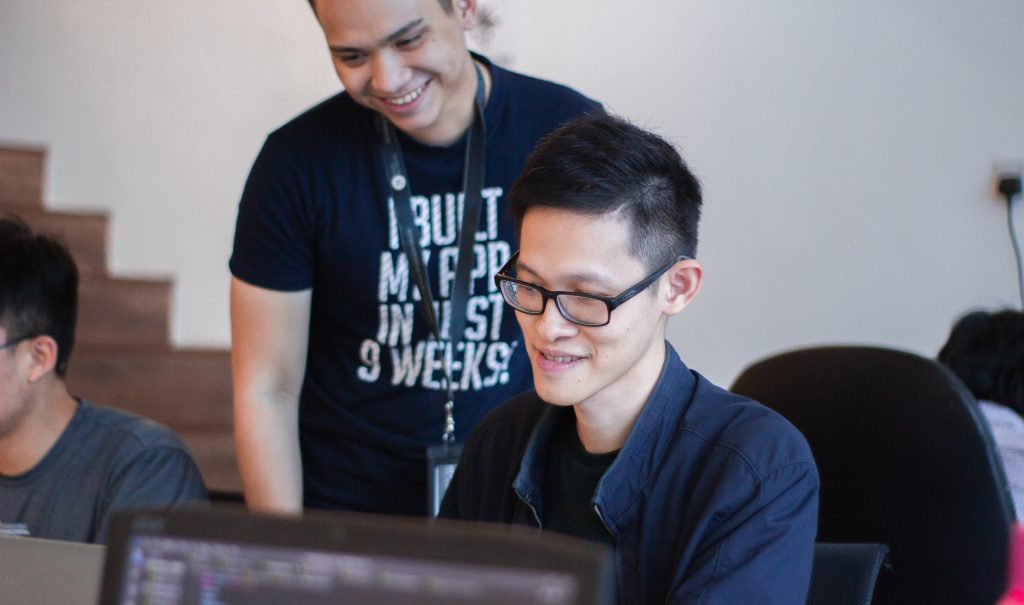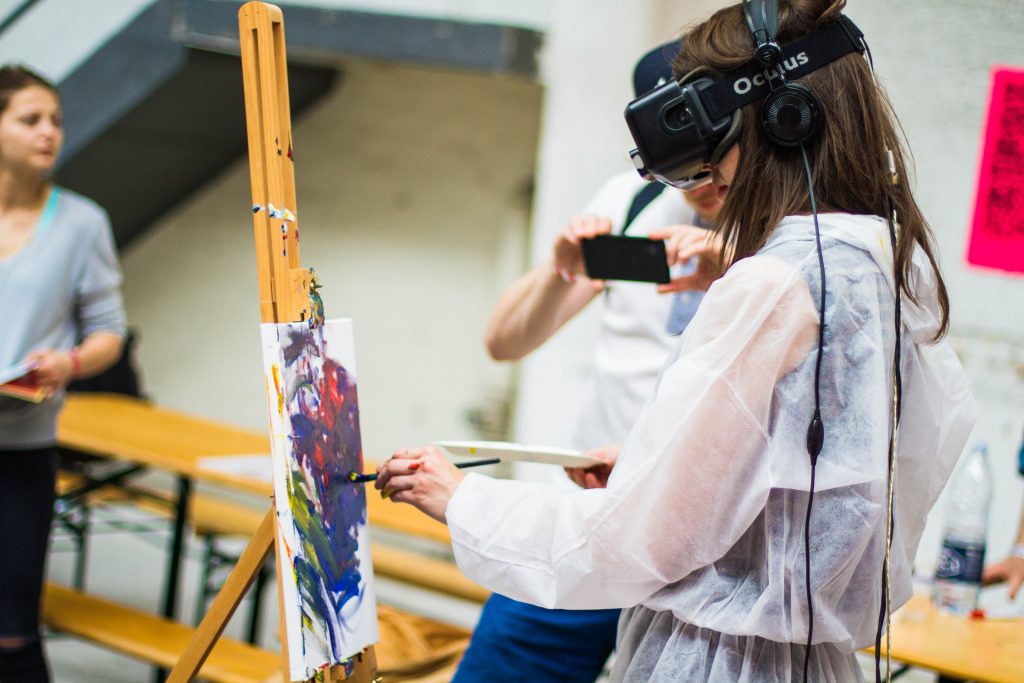
Have you ever watched someone playing a video game? They generally have a focus and connection that is seemingly unmatched anywhere else in their life. Kids diagnosed with ADHD that would otherwise struggle with distractibility can be entirely and utterly consumed for hours in video games. Although many concerns arise with video games – like addiction and lack of physical activity – there is also learning that happens through active engagement. Whether it is teamwork in network games, problem-solving, or developing hand-eye coordination, the player improves some aspects of their brain just by playing. We can use the same gamification ideas and concepts to draw kids into and improve their education.
Classroom Engagement
We’ve all observed similar kinds of focus in classrooms. Generally, the engagement is not as concentrated or committed as being sucked into Microsoft’s Minecraft. There are lots of distractions in school. But when an educational activity connects with the kids, it can be glorious to experience. Sometimes the kids are listlessly attending school for weeks, but then they experience that moment where their brains are creating and problem-solving at full tilt. Learning unlocks exponential opportunities. Educators call that engagement.
Tracking and Measuring

Many schools struggle to measure the engagement of kids in the classroom. Measuring successful engagement can lead to a fuller understanding of those experiences that create the best connections and active learning. Just as there are as many different learning styles as kids, there is no one engaging topic or experience for all kids. Schools need to collect lots of data on each kid and the successful (and sometimes unsuccessful) engagement experiences. Many parents and administrators will tell you that they have some teachers that can repeatedly engage the majority of their students where they are. Still, unfortunately, those teachers are not the norm.

We can collect two categories of data that can help us track engagement: macro and micro. To a large extent, we are already collecting data at the macro level using Student Information Systems. These systems collect data points like enrollment, drop-outs, attendance, timeliness, financial aid, and student health information. This information can be valuable over a long period to help us understand levels of engagement at the institution.
But how can we know if a specific curriculum or lesson is creating a positive engagement? This concept is the micro or “at the student level” of engagement. Data collection at the micro-level is much more challenging to attain and, potentially, much more valuable. Ideally, we would want to collect information like time-on-task, comprehension (both short and long-term), attentiveness (or focus), and verbal/non-verbal participation. There are many different approaches to collecting this micro-data. One example is classroom observation, where an adjunct teacher sits in a classroom all day and observes the classroom interactions. This way, obtaining data can be expensive, time-consuming, and the data can be subjective, depending on the training and methodology of the data collector. Another approach to data collection is video surveillance. There are limitations to this method as well, depending on the quality of equipment and cameras’ placement, whether it can fully observe all of a student’s interactions.

In a Wall Street Journal video published in October 2019 (https://www.youtube.com/watch?v=JMLsHI8aV0g), the author explores how some educators in China are collecting the micro-data of engagement; video surveillance and sensory headbands that measure each student’s focus. For some, China’s methods may be too intrusive. The legitimate fear is that this information could fall into the wrong hands and used for purposes that do not benefit the individual. Nevertheless, China is collecting data on what engages children in learning.
Turning Data Into Actionable Engagement Information

With micro and macro data on when students are engaged, we can start to understand the tasks and environments that promote engagement. Not just for all students, but each student. Then we can correlate that data at the micro-level with the curriculum. For example, a math lesson could involve a teacher lecture, an interactive video, workbooks, and involved class-wide conversation, and even augmented reality. With accurate data collection, we can start to understand how each student responds to each of these inputs and tailor the mix of the approaches for more consistent student success.
With the correlated data, we can start to rebuild curriculums and project-based learning environments to match our young audiences. In Yu-kai Chou’s book, Actionable Gamification, he provides a wealth of information about engaging an audience with different strategies and tactics. Yu-kai talks about the different types of engagement and how to entice people to connect in meaningful ways to your content. We need to collect and clean the data to take advantage of these concepts.
Customized Delivery

Our goal should be to have each student master each subject matter area or “learning strand” by the most effective method for that individual child. With a deep understanding of how to coax the maximum curiosity and engagement of each child, the most successful mix of solutions should become more evident. And with technology, we should be able to provide many paths in a single classroom in real-time to the educators and students. As tools like augmented and virtual reality, tablets, mobile phones, and at-home Internet become ubiquitous, we can start to provide real-time feedback and actionable solutions to increase student engagement. And, we can, in real-time, measure the effectiveness. We don’t have to be limited by the specific curriculum and particular styles that may work for a limited number of students. We can now help the teacher become a facilitator of many combinations of techniques geared towards maximizing student success.
Next Installment
Measuring and improving student engagement is just the beginning. Educators advocate for each student’s parents, families and community to support and ensure a successful educational journey. Thus, many institutions measure and gather the data on parent and community engagement; we look forward to discussing this part of the solution in the next installment.







